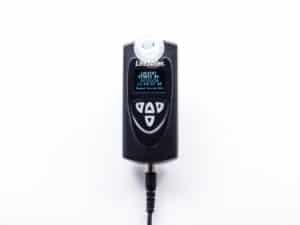 Your ignition interlock device is a tool for your safety, as well as one that proves your commitment to safe driving. This simple tool allows for DUI offenders to maintain a sense of freedom while confirming compliance with safety regulations. Understanding the process for a failed ignition interlock test is one of the biggest hurdles you may face once your device is installed.
Your ignition interlock device is a tool for your safety, as well as one that proves your commitment to safe driving. This simple tool allows for DUI offenders to maintain a sense of freedom while confirming compliance with safety regulations. Understanding the process for a failed ignition interlock test is one of the biggest hurdles you may face once your device is installed.
If and when you have an interlock test failure, you’ll know right away. There won’t be an official document in the mail or a call made to you from your parole or probation office. Your first notice is the message flashing on your device.
If your ignition interlock device indicates a test failure, your best move is to stay calm and test again.
The system wants you to pass your test so that you can resume your life as normal, satisfy the conditions of your DUI conviction and/or administrative ignition interlock requirement and never make another intoxicated mistake again. That’s why you get a few more chances to make it right, as sometimes there are circumstances (like mouthwash, cold medicine, toothpaste, etc.) that can cause an ignition interlock test failure. Take it easy, submit another test and breathe easy.
After the ignition interlock device gives you the “thumbs up,” your vehicle can be started and driven as normal. As you drive, the IID will prompt you to provide a breath sample, called a rolling retest, to ensure the driver is indeed the one giving the sample. This makes sure you’re the person who blew into the device during the startup process, and that you are not drinking while driving. Even during these rolling retests, you’re still safe; if the device detects alcohol, it will not shut off the vehicle (as that would be unsafe).
If you continue to fail your interlock test, or tamper with the device, along with a vehicle lockout you will likely find that postal mail notification in the upcoming weeks. Since you can only resume driving after a lockout by visiting your ignition interlock service provider, you’ll obviously be the first to know, especially before your program supervisor or probation officer.

Leave a Reply
You must be logged in to post a comment.